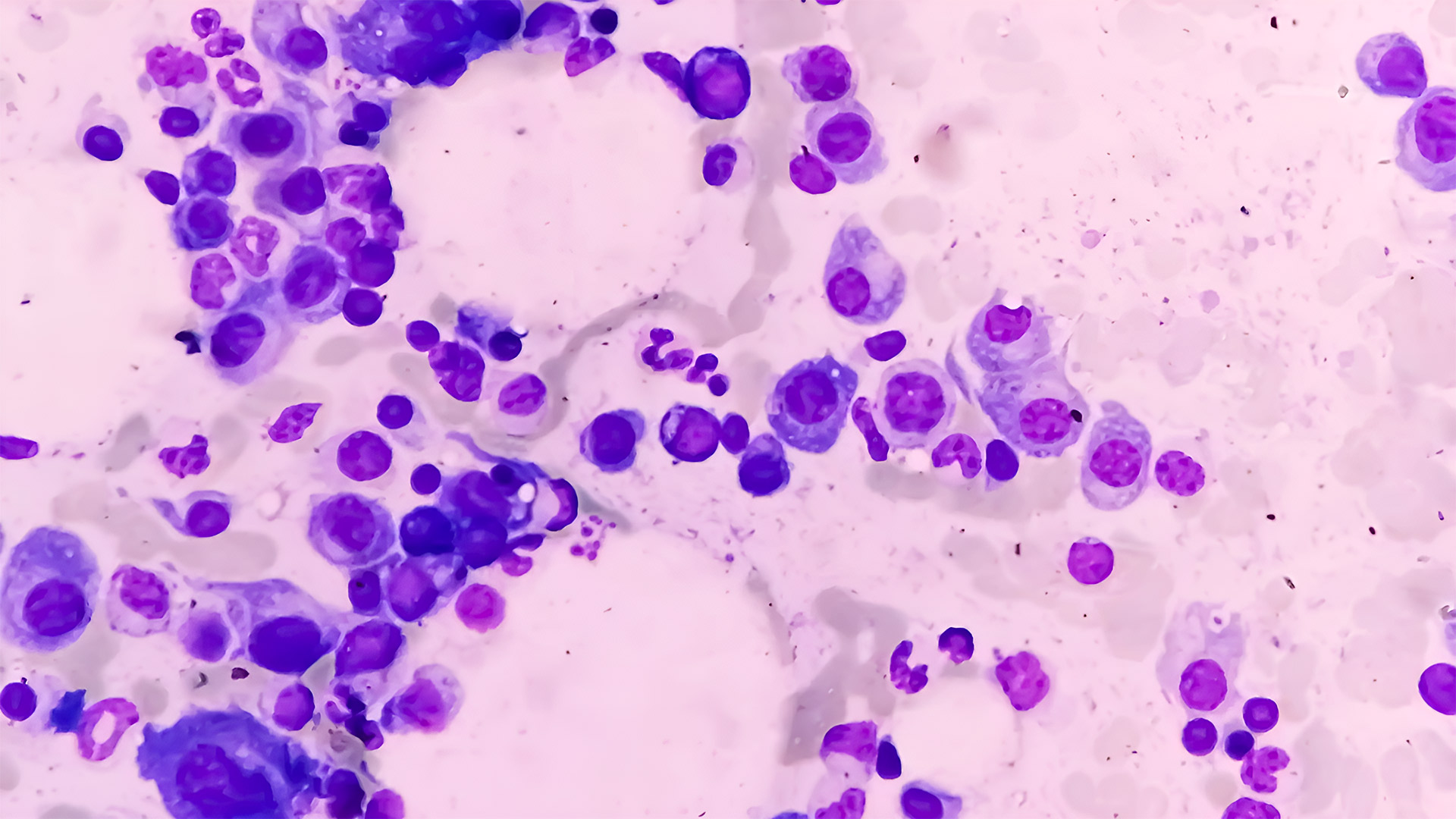MARKET TRENDS
Fast-Track Cancer Care: Injections Replace IV Drips
Sanofi and Bristol Myers embrace subcutaneous delivery as infusion-based therapies give way to quicker, patient-friendly alternatives
16 Jun 2025

Pharmaceutical companies are accelerating a move away from traditional intravenous infusions in cancer care, favouring quicker, under-the-skin injections that offer greater convenience for patients and health systems.
The trend gathered pace at the 2025 American Society of Clinical Oncology meeting, where Sanofi unveiled new data on Sarclisa, its treatment for multiple myeloma. Delivered via a wearable injector from Enable Injections, the subcutaneous version showed comparable efficacy to the existing infusion but could be administered in minutes instead of hours. Sanofi said the new format offered “significant time savings” for patients and clinics under strain.
Bristol Myers Squibb is also advancing its injectable cancer portfolio with the launch of Opdivo Qvantig, the first subcutaneous PD-1 checkpoint inhibitor approved in the US. A European decision is expected later this year. The injectable version allows the company to extend the lifecycle of its flagship immunotherapy as biosimilar competition grows and paves the way for administration in retail and home settings.
Much of the shift has been enabled by Halozyme, a US-based biotech whose Enhanze technology facilitates subcutaneous delivery of large biologic molecules. The company licenses its platform to drugmakers such as Bristol Myers, receiving royalties as more therapies adopt the format.
“This is the future of cancer care,” said one healthcare analyst. “What we’re seeing is not just faster delivery, but a complete redesign of treatment access and experience.”
Despite broad enthusiasm, challenges remain. Regulatory pathways for subcutaneous biologics are still evolving, and moving care beyond hospitals requires new training protocols and changes in reimbursement models. Still, industry executives say the shift is gaining traction.
Analysts expect that injectable cancer drugs could reduce reliance on infusion centres, potentially cutting healthcare costs and expanding access to treatment in underserved areas. As precision therapies proliferate and pressure builds on healthcare systems to improve efficiency, subcutaneous delivery is likely to play an increasingly central role in oncology treatment strategies.
Latest News
16 Dec 2025
Why Moderna’s Nanexa Pact Matters More Than It Looks12 Dec 2025
How Advanced Manufacturing Is Reshaping US Pharma9 Dec 2025
Halozyme Bets Big on the Future of Biologics Delivery21 Nov 2025
Why Drug Delivery Is the New Power Move
Related News

PARTNERSHIPS
16 Dec 2025
Why Moderna’s Nanexa Pact Matters More Than It Looks

INNOVATION
12 Dec 2025
How Advanced Manufacturing Is Reshaping US Pharma

PARTNERSHIPS
9 Dec 2025
Halozyme Bets Big on the Future of Biologics Delivery
SUBSCRIBE FOR UPDATES
By submitting, you agree to receive email communications from the event organizers, including upcoming promotions and discounted tickets, news, and access to related events.